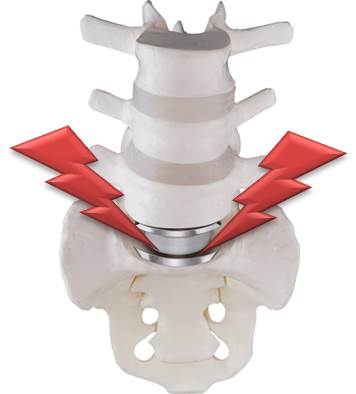More on Artificial Disc Replacement Side Effects
A recent paper provides for a good update on artificial disc replacement side effects. The knee and hip replacement literature is rife with data on wear particles, with many studies showing that small particles due to wear of the prosthesis can cause problems. There is also data on the side effects of artificial discs in that they also produce wear particles. One of the main side effects associated with this wear debris is that it hurts the local tissue by causing inflammation and damages local repair cells. This is particularly bad in hip replacements, where this inflammation can be quite severe. Now a recent study demonstrates that these wear particles and the tissue reaction they cause is just as bad in artificial discs as it is in hip and knee replacements. Most concerning is that inflammatory cells were found with the wear particles and unlike in the hip or knee, spinal nerves are very close and come into contact with the artificial disc. The upshot? If you’ve had an artificial disc surgery proposed, be careful, as our understanding of this wear particle problem with artificial discs is just beginning. You may want to try to find other ways to manage your pain or if you absolutely must have a new artificial disc placed, try to find newer models such as those with tantalum film coatings.

If you have questions or comments about this blog post, please email us at [email protected]
NOTE: This blog post provides general information to help the reader better understand regenerative medicine, musculoskeletal health, and related subjects. All content provided in this blog, website, or any linked materials, including text, graphics, images, patient profiles, outcomes, and information, are not intended and should not be considered or used as a substitute for medical advice, diagnosis, or treatment. Please always consult with a professional and certified healthcare provider to discuss if a treatment is right for you.
